906 14th Ave E
Chester White House
Built: 1904
Home of the Lumber Tycoon That Built Much of Downtown Seattle
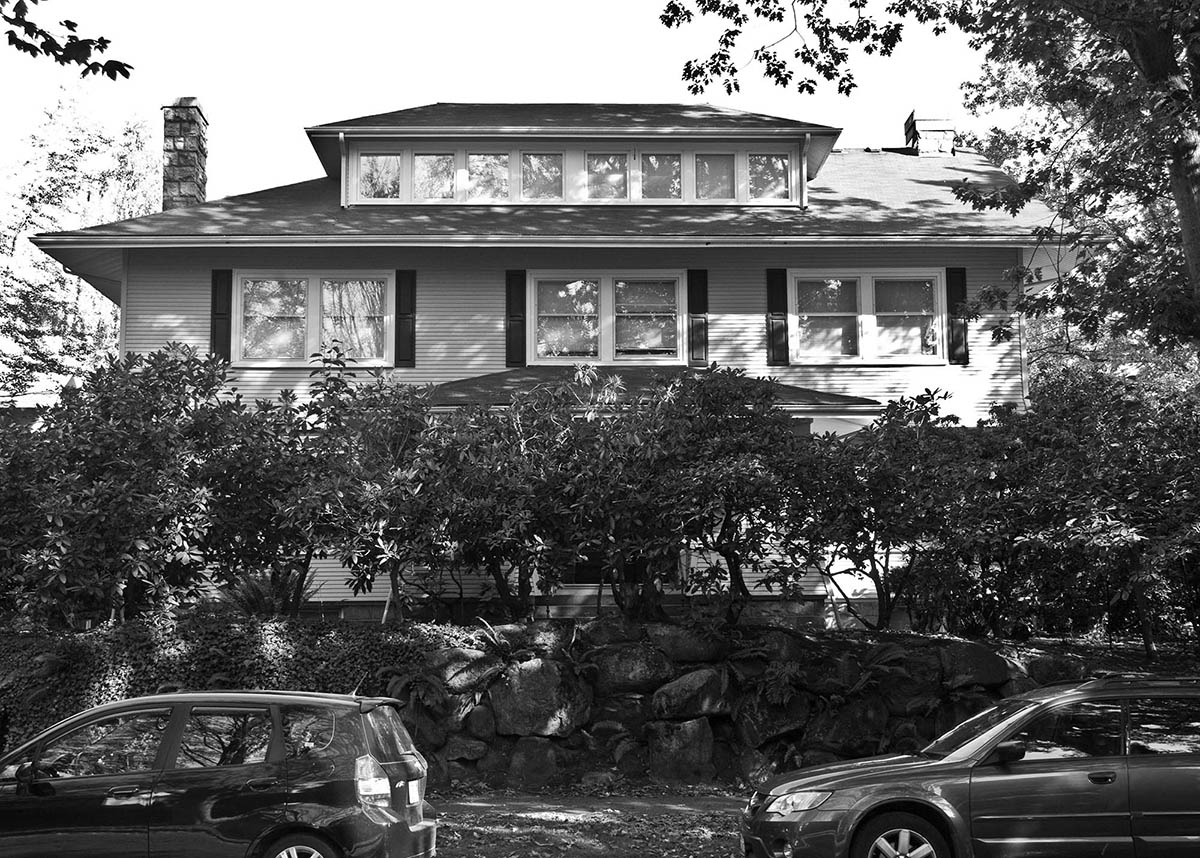
- Style: Craftsman
- Architect: Bebb & Mendel
- Builder: Woeck & Behrens
Description
On July 2, 1904, Chester F. White received permission (permit #28373) to have Woeck & Behrens construct this house according to Bebb & Mendel's design, at a cost of $10,000. This 2 ½ story house measures 53'x40' and is of Craftsman design. A walkway from the corner of 14th and Aloha leads to a portico sheltering the front entrance. Two windows flank the portico, with three windows above on the 2nd level. Folke Nyberg's and Victor Steinbreuck's 1975 survey identifies this house as significant to the community, and a 1979 Seattle Inventory by Mark L. Peckham of the Department of Urban Conservation gave the house a grade of "A" for contributing to the historic district, and a "B" for individual merit. However, since then the 1904 house has been updated in several ways: the siding appears to have changed, and the two dormers facing 14th Ave. East have been replaced with a very wide single dormer of eight individual windows.
History
Chester F. White, who originally owned this house, was a prominent lumberman, real estate man, and banker. He arrived in Washington State in 1885, where he organized Gray's Harbor Commercial Company, which eventually became one of the region's largest lumber mills. With J. F. Douglas, he formed the Metropolitan Building Company, which took over James A. Moore's lease of 10 prime acres of University of Washington owned land in downtown Seattle, and oversaw the development of it. As did several other residents of the street, White served as president of the company. His office was at the top floor of the White Building, a large business structure named in his honor, with expansive views of the city he was developing. He successfully organized regional lumber mill owners to fight a substantial rate increase for exporting lumber out of the area by rail. This made him extremely popular in Seattle, and many tried to persuade him to run for U.S. Senator. He served as president of the Seattle Commercial Club, which he helped to organize. Chester F. White helped establish the Metropolitan Bank and served as its first vice-president. He also served on the board of trustees of the Alaska-Yukon-Pacific Exhibition, with neighbor James A. Moore, and Samuel H. Hedges, a future resident of the street.
The second resident of this house, Cyrus F. Clapp, moved in around 1911-1912. He had previously lived in Port Townshend and Dungeness. In Dungeness he ran a general store and developed a business supplying multiple logging camps. He purchased a schooner to take farm goods to Victoria and Seattle, and to the sawmills at Port Ludlow, Port Blakely, and Port Gamble. In Port Townsend, he organized the Merchants Bank, and was president until he sold it. Later he came to Seattle, and made a great deal of money by buying land cheaply and selling it quickly for a considerable profit. He purchased a 3rd Avenue lot, erected the Ferguson hotel, and profited greatly from the transaction. He bought and sold many downtown properties, including the Orpheum Theater, the Downs Building, and the Corner Market. Between 1905 and 1908, he made an estimated $1 million profit from real estate in Seattle. Clapp was also active in politics. In 1898 he had been elected to represent Jefferson county in the State House. Subsequently he was elected to the State Senate for two terms.
Additional Material
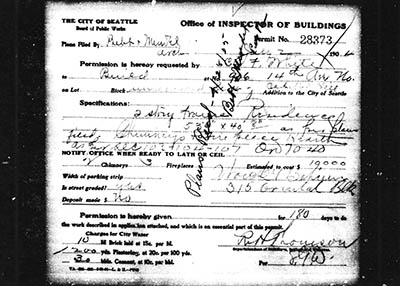
Building Permit
The original permit from 1904.
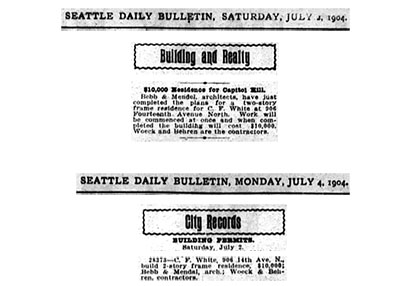
Permit Notice
The building and realty announcement in the Seattle Daily Bulletin, July 2, 1904, and the permit notice in the same publication on July 4, 1904.
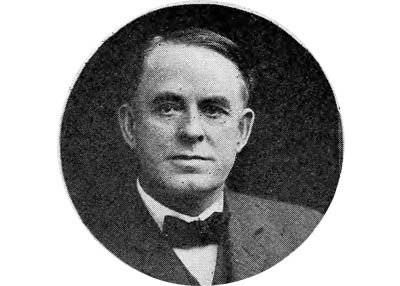
Chester F. White
Chester F. White, the first owner, was "the brains of the timber industry."
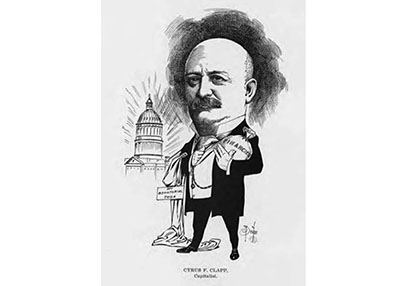
Cyrus F. Clapp
Cyrus F. Clapp, the second owner, made his fortune in merchandising, banking, and investing in Port Townsend, Washington.
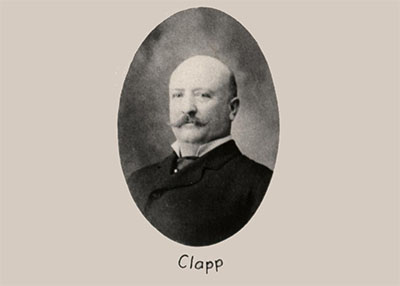
Clapp in Senate
Cyrus F. Clapp, the second owner, served in the Washington State Senate for eight years. Here are pictures from 1899, 1901, 1903, and 1905.
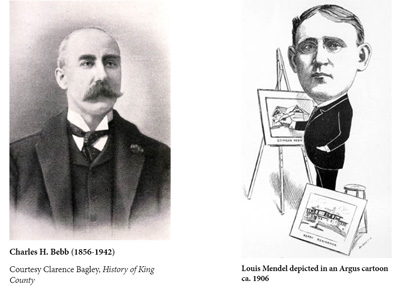
The Architects
Bebb and Mendel, who designed this house, were two of Seattle's most respected architects of the time.
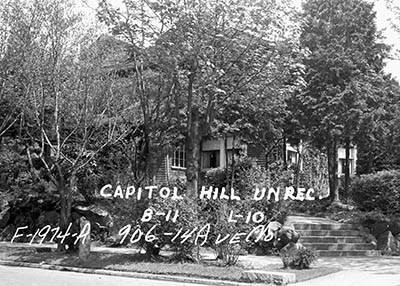
Archive Photo
This 1937 photo is from the Washington State Archives.
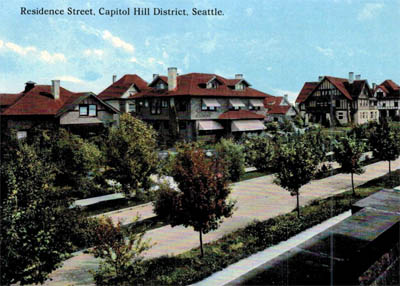
Vintage Postcard
Looking southeast on 14th, the Chester H. White house has the large awnings.
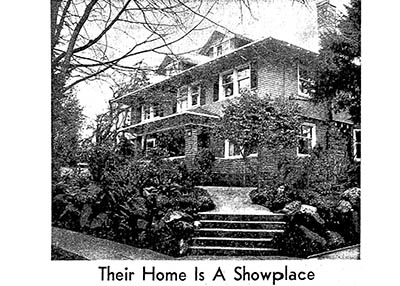
In the 60's
A Seattle Times article describes the transformation of this house and Capitol Hill in the 60s.
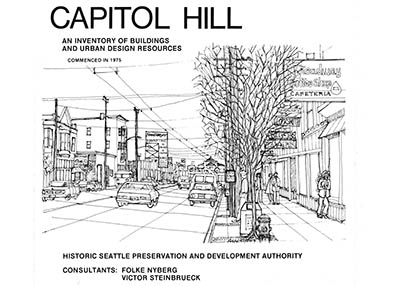
Capitol Hill Inventory
Nyberg and Steinbrueck's 1975 Inventory cited this house as significant to the Capitol Hill community